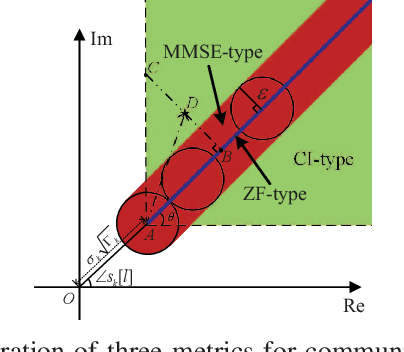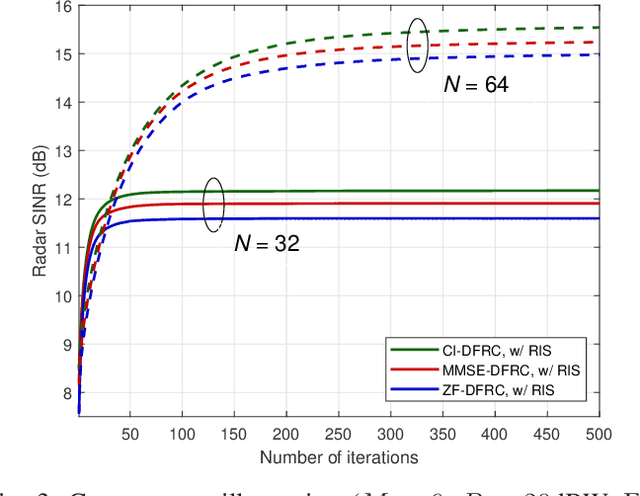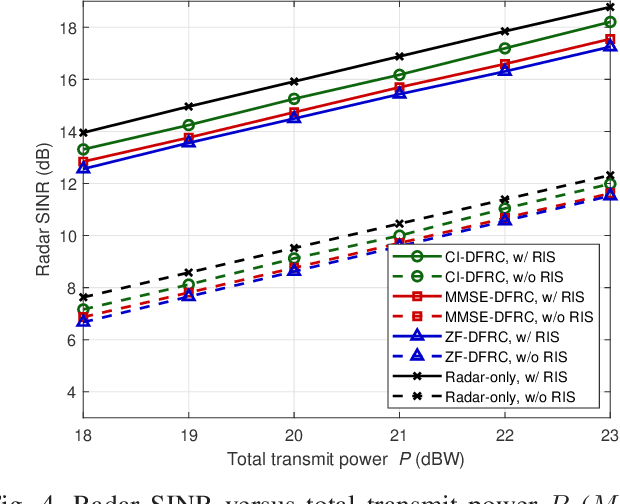Q. Wu
Combining multitemporal optical and SAR data for LAI imputation with BiLSTM network
Jul 14, 2023Abstract:The Leaf Area Index (LAI) is vital for predicting winter wheat yield. Acquisition of crop conditions via Sentinel-2 remote sensing images can be hindered by persistent clouds, affecting yield predictions. Synthetic Aperture Radar (SAR) provides all-weather imagery, and the ratio between its cross- and co-polarized channels (C-band) shows a high correlation with time series LAI over winter wheat regions. This study evaluates the use of time series Sentinel-1 VH/VV for LAI imputation, aiming to increase spatial-temporal density. We utilize a bidirectional LSTM (BiLSTM) network to impute time series LAI and use half mean squared error for each time step as the loss function. We trained models on data from southern Germany and the North China Plain using only LAI data generated by Sentinel-1 VH/VV and Sentinel-2. Experimental results show BiLSTM outperforms traditional regression methods, capturing nonlinear dynamics between multiple time series. It proves robust in various growing conditions and is effective even with limited Sentinel-2 images. BiLSTM's performance surpasses that of LSTM, particularly over the senescence period. Therefore, BiLSTM can be used to impute LAI with time-series Sentinel-1 VH/VV and Sentinel-2 data, and this method could be applied to other time-series imputation issues.
Joint Transmit Waveform and Passive Beamforming Design for RIS-Aided DFRC Systems
Dec 16, 2021



Abstract:Reconfigurable intelligent surface (RIS) is a promising technology for 6G networks owing to its superior ability to enhance the capacity and coverage of wireless communications by smartly creating a favorable propagation environment. In this paper, we investigate the potential of employing RIS in dual-functional radar-communication (DFRC) systems for improving both radar sensing and communication functionalities. In particular, we consider a RIS-assisted DFRC system in which the multi-antenna base station (BS) simultaneously performs both multi-input multi-output (MIMO) radar sensing and multi-user multi-input single-output (MU-MISO) communications using the same hardware platform. We aim to jointly design the dual-functional transmit waveform and the passive beamforming of RIS to maximize the radar output signal-to-interference-plus-noise ratio (SINR) achieved by space-time adaptive processing (STAP), while satisfying the communication quality-of-service (QoS) requirement under one of three metrics, the constant-modulus constraint on the transmit waveform, and the restrict of RIS reflecting coefficients. An efficient algorithm framework based on the alternative direction method of multipliers (ADMM) and majorization-minimization (MM) methods is developed to solve the complicated non-convex optimization problem. Simulation results verify the advancement of the proposed RIS-assisted DRFC scheme and the effectiveness of the developed ADMM-MM-based joint transmit waveform and passive beamforming design algorithm.
Multi-Objective Resource Allocation for IRS-Aided SWIPT
Mar 10, 2021



Abstract:In this letter, we study the resource allocation for a multiuser intelligent reflecting surface (IRS)-aided simultaneous wireless information and power transfer (SWIPT) system. Specifically, a multi-antenna base station (BS) transmits energy and information signals simultaneously to multiple energy harvesting receivers (EHRs) and information decoding receivers (IDRs) assisted by an IRS. Under this setup, we introduce a multi-objective optimization (MOOP) framework to investigate the fundamental trade-off between the data sum-rate maximization and the total harvested energy maximization, by jointly optimizing the energy/information beamforming vectors at the BS and the phase shifts at the IRS. This MOOP problem is first converted to a single-objective optimization problem (SOOP) via the $\epsilon$-constraint method and then solved by majorization minimization (MM) and inner approximation (IA) techniques. Simulation results unveil a non-trivial trade-off between the considered competing objectives, as well as the superior performance of the proposed scheme as compared to various baseline schemes.
 Add to Chrome
Add to Chrome Add to Firefox
Add to Firefox Add to Edge
Add to Edge